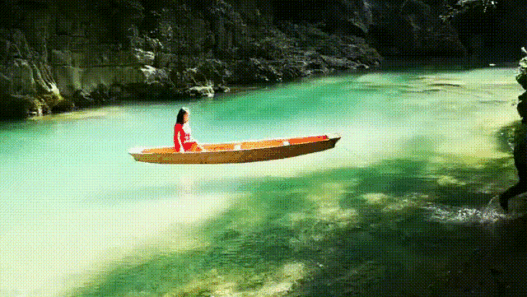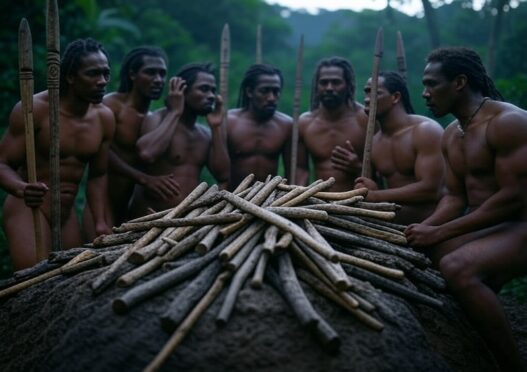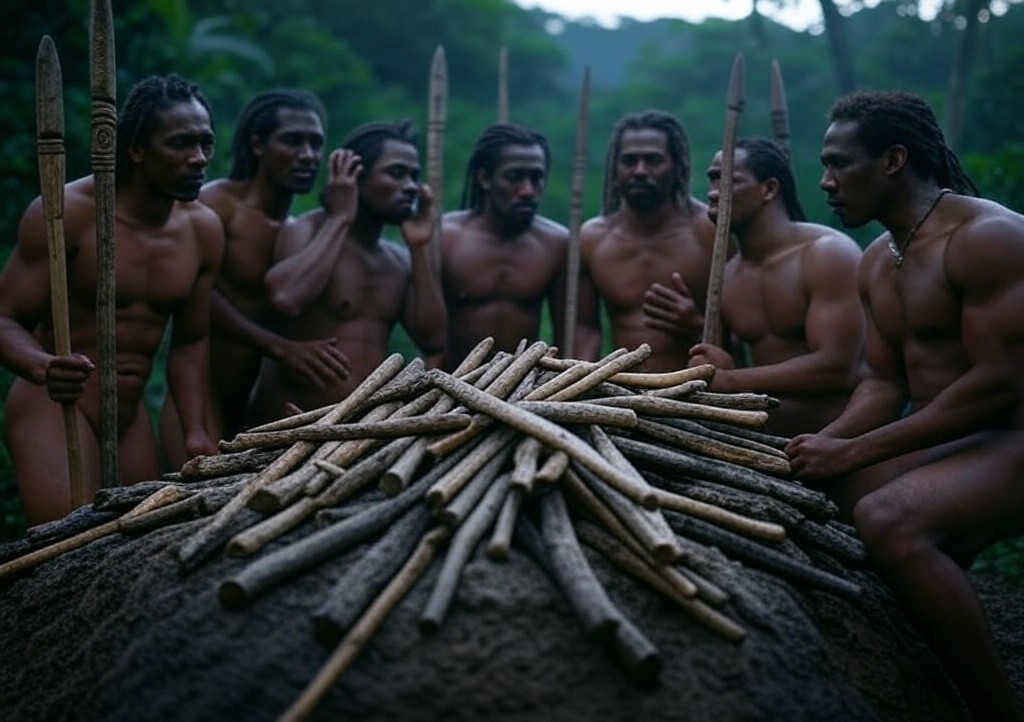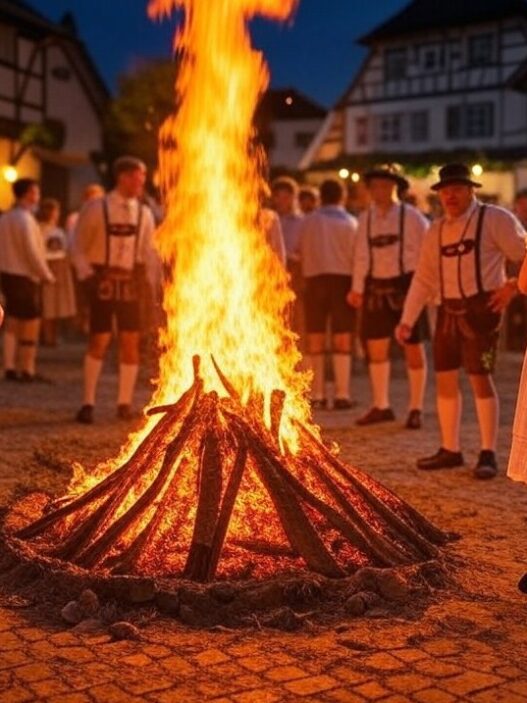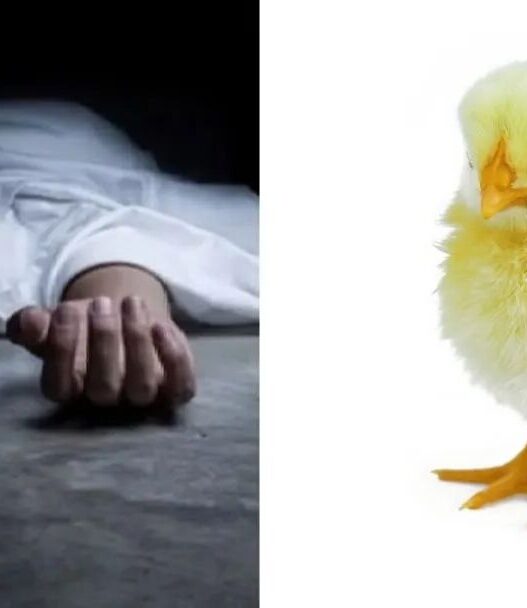A group of muscular, naked men, each holding a wooden spear, gathered around a pile of tools, whispering in a language no one can understand…
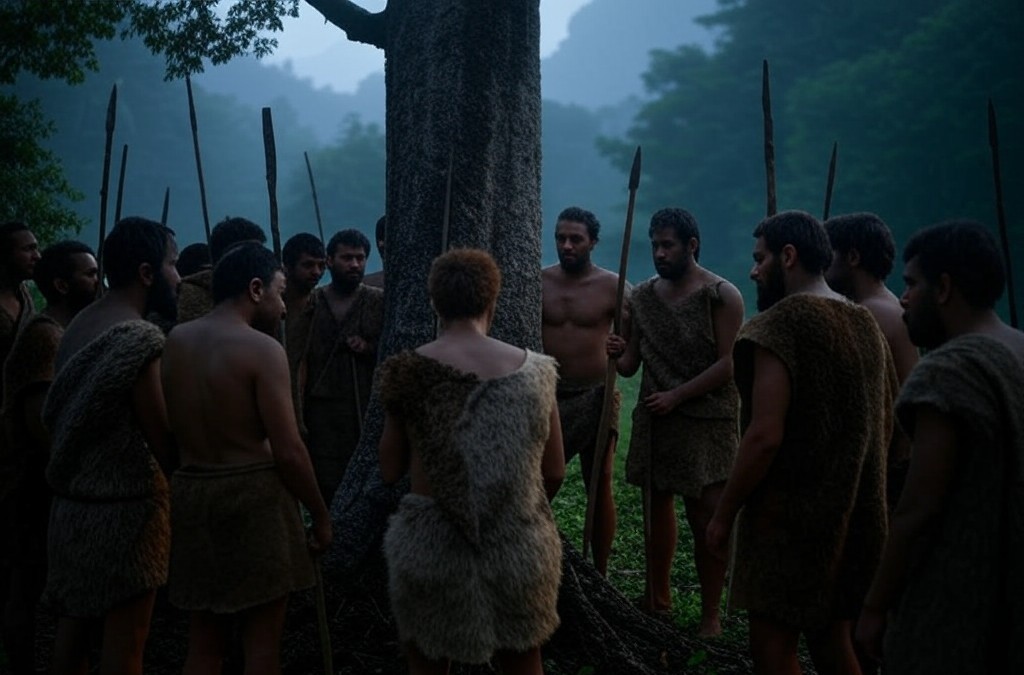
(High-resolution photo of the Massaco people)
Recently, a series of photos from the Amazon region of Brazil has taken the world by storm:
It turns out that experts from Brazil’s National Indian Foundation (FUNAI) have, after over thirty years of tracking, captured the first high-resolution images of the uncontacted Massaco tribe.
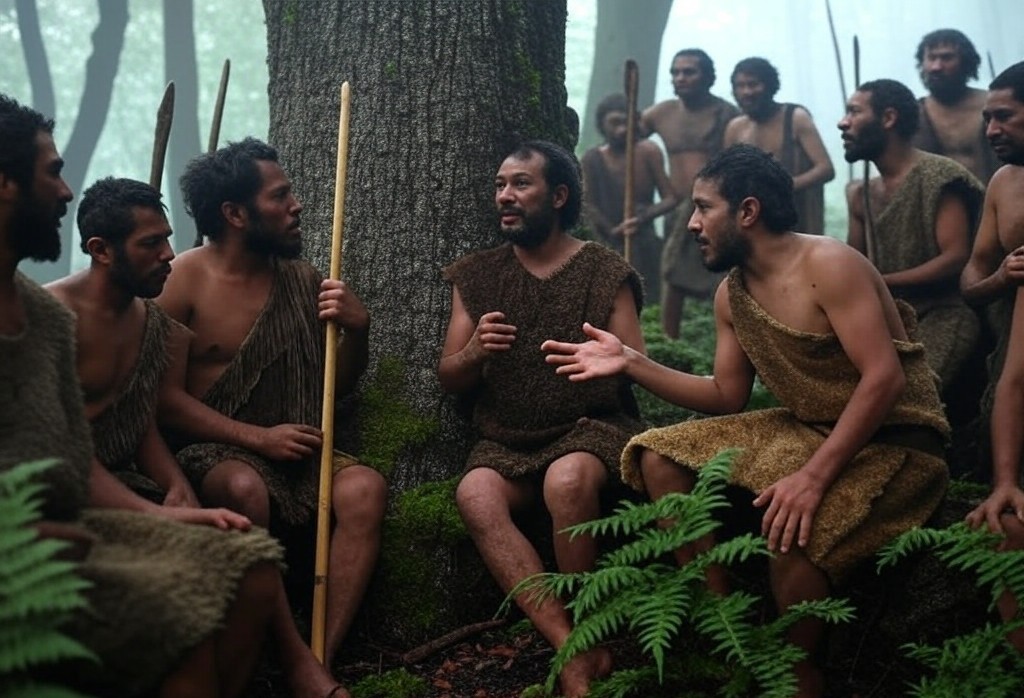
(Massaco people gathered together)
You should know that the Amazon rainforest in Brazil still houses over 100 tribes that have remained isolated and have not yet come into contact with the civilized world.
Of these, 28 have been officially recognized, and the Massaco are one of them.
It is said they use three-meter-long bows for hunting, are adept at setting spiked traps, and possess exceptionally strong combat abilities.
Previously, stories about the Massaco were limited to oral traditions, but now their traces have been captured on camera. This suggests that they have been well-protected, but it also raises serious issues:
As their territory expands, they will inevitably come into contact with the civilized world, and such contact could potentially bring them disaster…
Since the 1980s, FUNAI has heard of the existence of the Massaco tribe, but not knowing how they referred to themselves, FUNAI named them after the Massaco region where they were active.
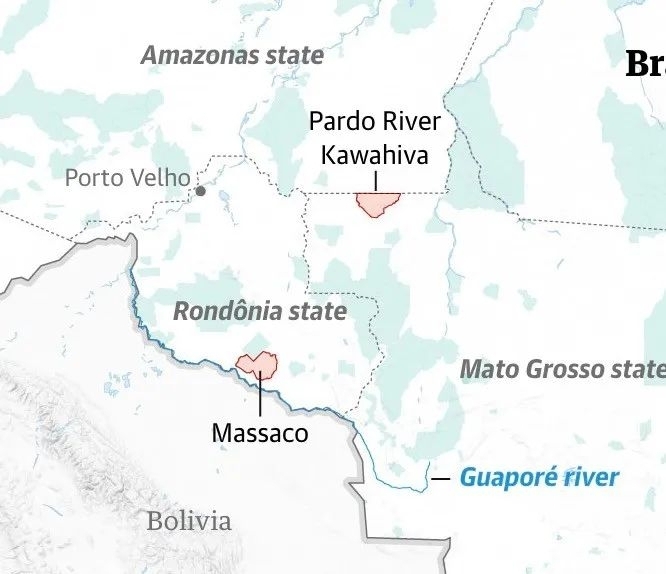
(The region where the Massaco are active, at the border between Brazil and Bolivia)
At that time, FUNAI pursued a policy of peaceful contact with indigenous people, and its experts tried various methods to lure the Massaco out of the forest.
In 1987, FUNAI experts attempted to leave gifts in the area where the Massaco were active, such as metal tools, utensils, iron pots, and mirrors.
However, not long after, another FUNAI expert proposed a new perspective:
After contact with these isolated tribes, diseases from the civilized world could easily infect these people, potentially leading to their extinction, as they lack the robust immune systems of those outside. Given that this tribe is estimated to have only 100 to 200 members, they are quite vulnerable.
Ultimately, FUNAI urgently canceled the contact plan and listed the Massaco as a tribe under a special policy of non-contact.
Thus, the Massaco vanished into the jungle, becoming one of the least understood uncontacted tribes.
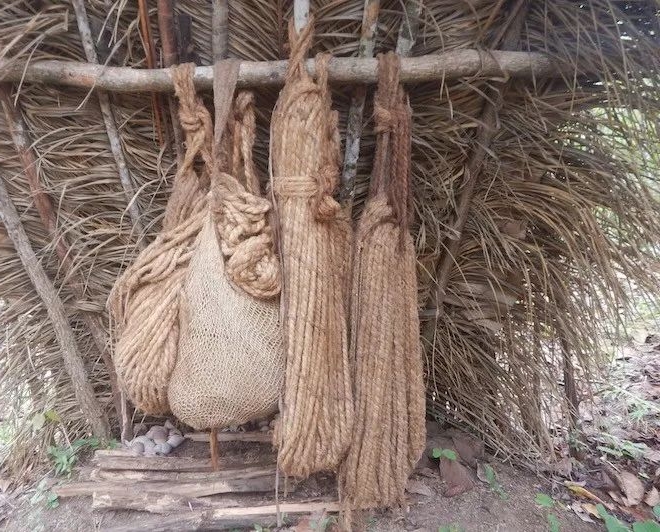
(Hammocks woven by the Massaco)
By 1992, FUNAI experts decided to systematically record the traces of the Massaco without contact.
Due to deforestation in the Amazon, the population growth of the Massaco has been slow, and over the years, their numbers have only doubled, estimated at between 200 to 300 people.
The increase in population was deduced by experts from items left behind in their habitat, like the increase in children’s toys and footprints.
Despite not having the opportunity for direct contact, experts still learned some notable characteristics of the Massaco:
The people of this tribe use bows and arrows about three meters long, which are the longest among all indigenous tribes, and even in human history, their weapons rank among the longest bows. To compare, medieval English longbows were only two meters long.

(Massaco’s long bow)
The super-long bows of the Massaco puzzled experts, even baffling other indigenous tribes: “How do they use these bows and arrows? Do they lie down to shoot?”
In addition, experts discovered that the Massaco are adept at setting spiked traps to protect their tribe from outsiders.
Unlike some tribes that focus on elaborate body adornments, the Massaco do not have tattoos, wear no jewelry, have no piercings, and sport no unusual hairstyles; their attire is quite plain.
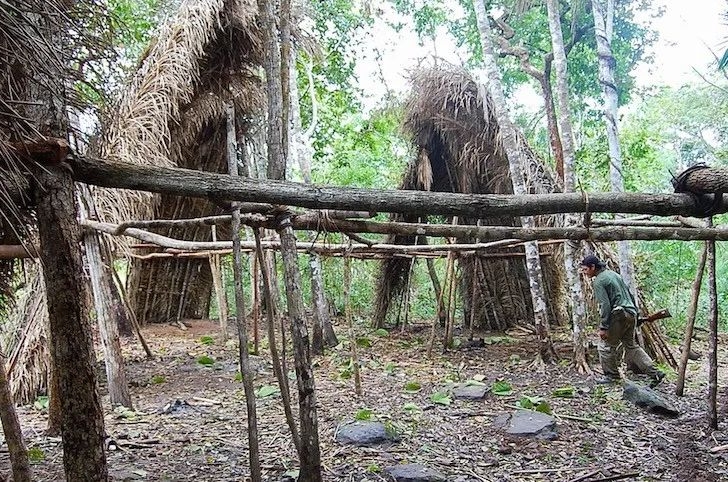
(Houses of the Massaco)
In recent years, as the Massaco’s territory has expanded, FUNAI experts have tried various ways to guide them away from the civilized world.
The method used was similar, hanging gifts in specific areas for the Massaco to take, such as tools from the civilized world like axes, machetes, and iron pots.
With these useful items, the Massaco naturally wouldn’t venture into other human settlements.
Due to deliberate protection and guidance, very few have seen the true faces of the Massaco over the years.
Even FUNAI experts did not see living Massaco until 2014.
It was one afternoon at 1 PM when expert Paulo Silva was brewing coffee in his cabin and heard a series of urgent knocks on the door. Looking out through the protective window, he saw two completely naked men with bows and arrows, clearly jungle natives.
Silva guessed they were the legendary Massaco, with an older one digging a hole for a trap and a younger one setting spikes inside.
Fearing he would be caught as prey, he mustered his courage and shouted, finally scaring the two away.
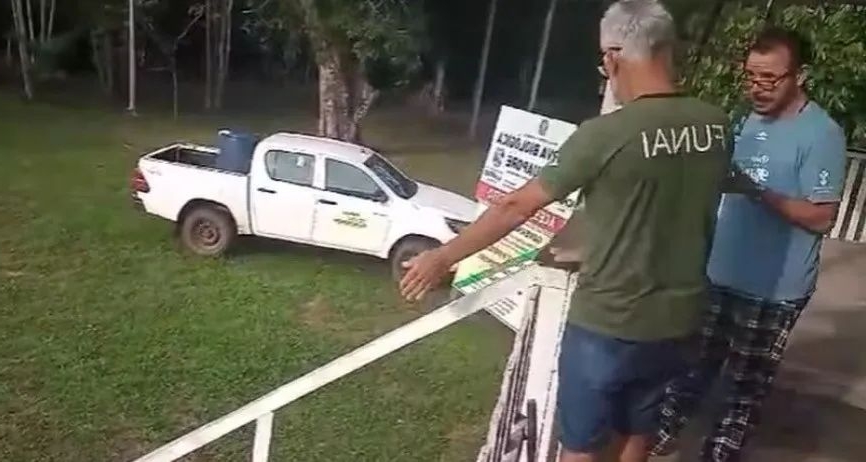
(FUNAI expert’s cabin)
Now, ten years have passed, and FUNAI experts have installed cameras in the jungle and hung up various gifts, once again attracting the Massaco to come and take them.
This time, they did not disappoint, capturing the first high-resolution photos of the Massaco.
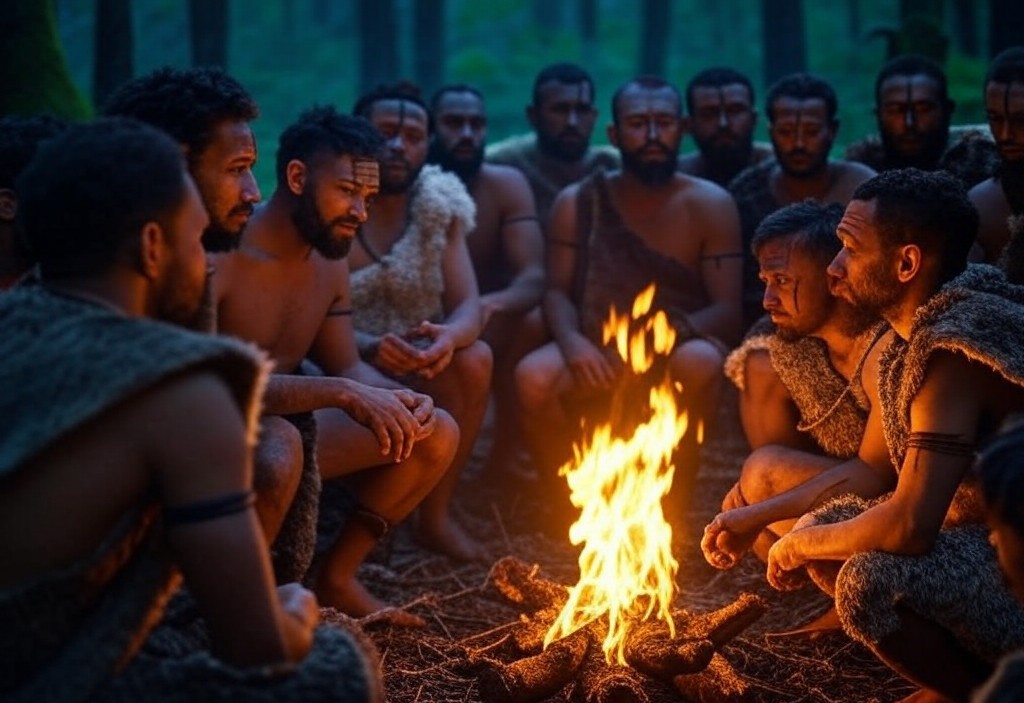
(Massaco leader and his followers)
As rumored, the Massaco looked strong and robust but dressed plainly, with no body modifications, appearing at first glance like modern ordinary people without clothes.
In this series of photos, the tallest-looking man seems to be their leader, responsible for directing everyone’s actions.
Additionally, experts captured another unique custom of the Massaco:
They enjoy stacking animal skulls to form a tower-like structure.
Whether these skull towers are offerings or trophies, experts have no solid explanation.
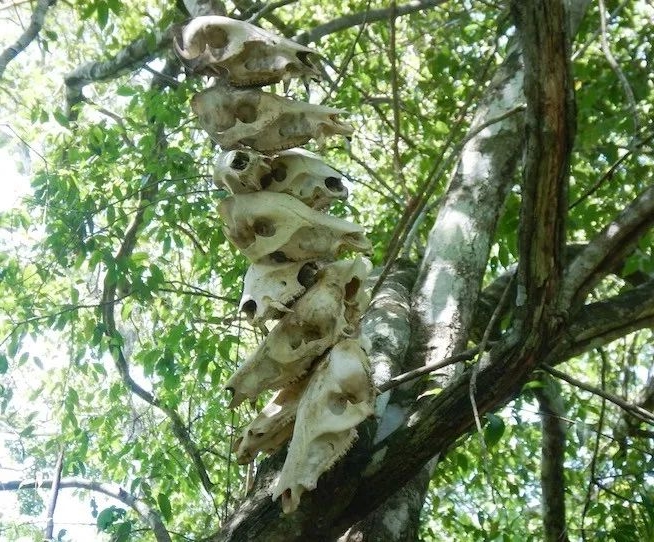
(Tower of skulls piled by the Massaco)
After thirty years of tracking, the scenes of Massaco activity have finally been photographed. While the experts are thrilled, they are also filled with concern.
After all, FUNAI has worked for over thirty years to allow the Massaco to continue living in isolation, without contact with the outside world.
Now, with the growth of the Massaco population, coupled with climate change and the drying up of existing water sources, the Massaco will inevitably need to migrate and expand into new territories.
This will inevitably lead to contact with the civilized world.
Once infected with diseases from the outside, the risk of extinction looms again.
Experts are at a loss as to what to do:
“We face this tricky (contact) issue, and no one knows what the consequences will be. Essentially, contact is now unavoidable. Of course, we truly hope it doesn’t happen…”
To be or not to be, that is the question…






